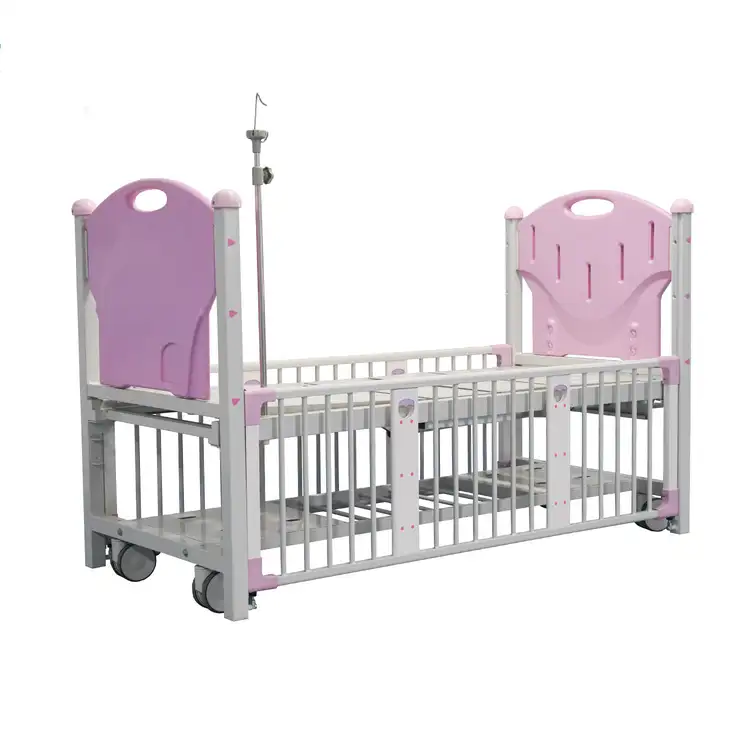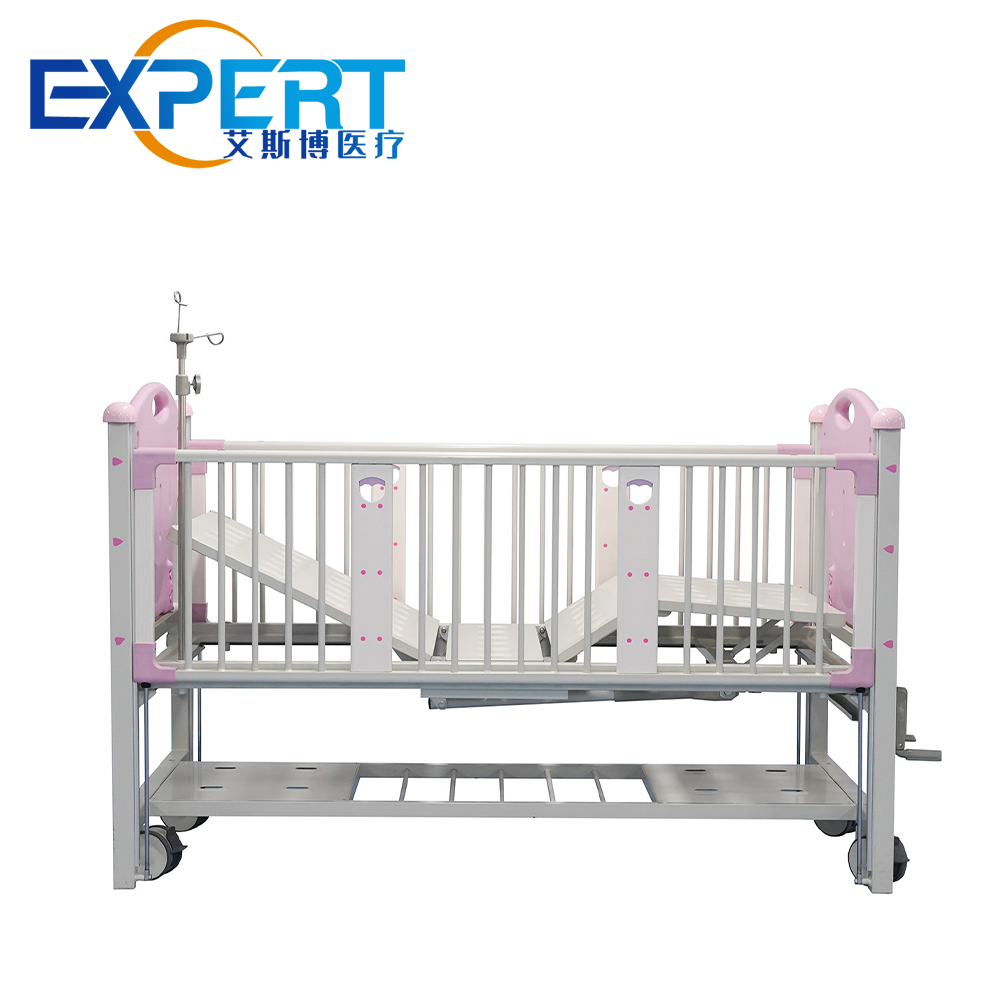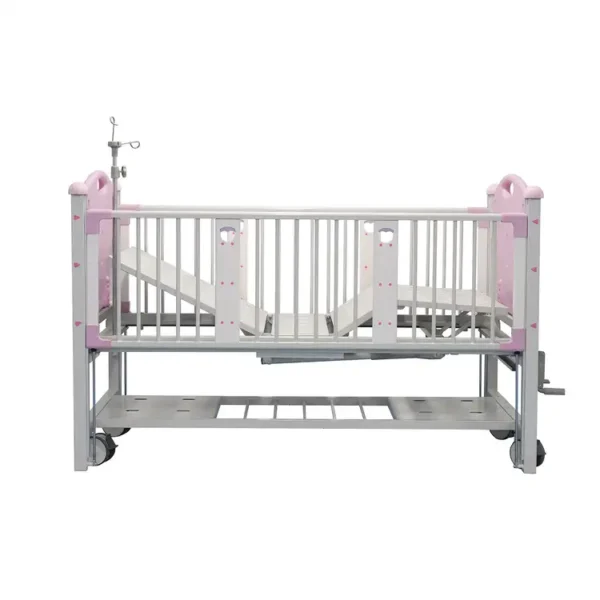Indirizzo
304 Il cardinale nord S.
Dorchester Center, MA 02124
Ore di lavoro
Dal lunedì al venerdì: 7:00 - 19:00
Fine settimana: 10:00 - 17:00
Benvenuti nel mio blog!
Prima di addentrarci nei contenuti, se sei interessato ai nostri prodotti o hai domande, non esitare a visitare il nostro Contattaci pagina sul sito web. Il nostro team è pronto ad assisterti con richieste, ordini o qualsiasi supporto di cui potresti aver bisogno.
Ora, iniziamo il nostro viaggio insieme. Spero che troviate i contenuti qui presenti interessanti, coinvolgenti e preziosi.
Children with special needs may require a bed that is specifically designed to meet their unique needs. These beds can provide a safe and comfortable environment for children with a variety of conditions, including:

There are many different types of pediatric beds for special needs available, each designed to meet the specific needs of a particular condition. Some common types of pediatric beds for special needs include:
In addition to the type of bed, there are a number of other features to consider when choosing a pediatric bed for special needs. These features may include:
| Caratteristica | Descrizione |
|---|---|
| Dimensione | The bed should be large enough to accommodate the child comfortably, but not so large that it is difficult to maneuver. |
| Peso | The bed should be lightweight enough to be easily moved, but not so lightweight that it is unstable. |
| Materials | The bed should be made from durable materials that can withstand the wear and tear of everyday use. |
| Garanzia | The bed should come with a warranty that covers repairs or replacements in the event of defects. |

Pediatric beds for special needs have a number of features that are designed to ensure the safety and comfort of children with special needs. Some common features of pediatric beds for special needs include:

Pediatric beds for special needs offer a number of benefits for children with special needs. These benefits include:
Pediatric beds for special needs are an important part of healthcare for children with special needs. They provide a safe, comfortable, and supportive environment that can help children with special needs to heal, sleep better, and feel better overall.
There are many different types of pediatric beds for special needs available, each designed to meet the specific needs of a particular condition. Some common types of pediatric beds for special needs include beds with adjustable height, beds with side rails, beds with pressure-relieving mattresses, and beds with built-in therapy equipment.
Pediatric beds for special needs have a number of features that are designed to ensure the safety and comfort of children with special needs. Some common features of pediatric beds for special needs include adjustable height, adjustable side rails, a mattress that can be raised and lowered, a built-in TV or entertainment system, a pressure-relieving mattress, and built-in therapy equipment.
Pediatric beds for special needs offer a number of benefits for children with special needs. These benefits include improved safety, increased comfort, improved healing, reduced stress and anxiety, improved sleep quality, increased independence, enhanced caregiver efficiency, and improved overall well-being.
